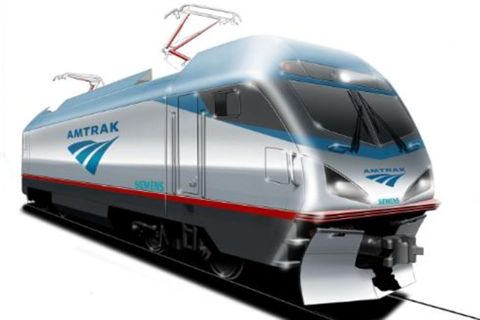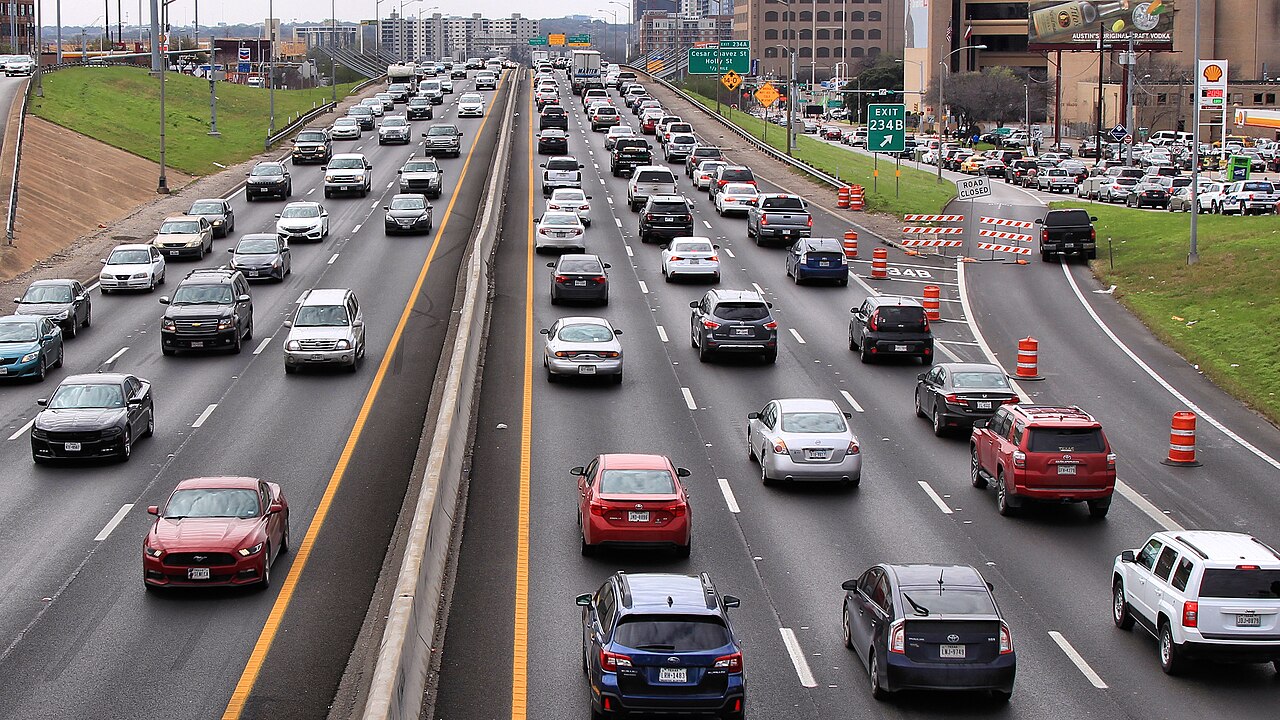Amtrak has spent the past year as a sort of punching bag for some members of Congress, not to mention the GOP presidential candidates. So it's refreshing to hear that they're coming out swinging, confidently, in 2012.
President and CEO Joseph Boardman announced this morning that Amtrak would pursue an “aggressive” agenda for 2012, including a large-scale equipment upgrade and some much-needed capital improvements to the busy Northeast Corridor [PDF]. Boardman said that fiscal uncertainty would not spell delayed capital investments -- as it has in the past -- because “customers expect us to get better.” He cited the company’s record ridership – 30.2 million passengers in 2011, the eighth time in the last nine years that Amtrak has set a new ridership record.

“I think the culture and organization of this company is changing to where we’re able to make investments,” Boardman said, offering as an example the purchase of 70 new electric locomotives. The purchase illustrates a surprising confidence in the future as the trains were “financed by debt because we were able to show folks we can pay that debt with increases in improved reliability and service.”
The locomotives will replace the entire fleet of electric locomotives currently in use on the Northeast Regional and Keystone Corridor routes, and will be capable of slightly higher speeds with greater reliability.
Long-distance trains will also be getting equipment upgrades in the form of 130 new sleeper, diner, and baggage cars. These will be used on long-distance routes which connect the Northeast Corridor to Montreal, Chicago, and Miami. Boardman pointed out that some of the cars they are replacing, inherited from predecessor railroads, are older than he is.
Concerning the rails themselves, Boardman said Amtrak would continue to pursue incremental upgrades to Northeast Corridor service. Upgrades to a 24-mile segment between Trenton, NJ, and New Brunswick will permit top speeds of 160 mph where speeds of only 135 mph are currently possible. This would be only the second segment of the NEC capable of speeds exceeding 150 mph (the other is in Rhode Island).
As for larger projects, such as the Gateway project that includes new tunnels under the Hudson River to New York, Amtrak intends to commit some funds to planning, design, and preliminary environmental review in 2012. Boardman admits, however, that there is no capital funding commitment to the Gateway project at this time.
The ultimate goal remains the implementation of a “next-gen” high-speed rail system on the NEC, capable of 220 mile-per-hour top speeds. When asked whether debating high-speed rail projects outside the NEC has made it more difficult to make HSR a reality in the northeast, Boardman answered that, if anything, “it’s given a great boost in the arm to Amtrak and to those who support rail in this nation to have HSR talked about outside the [Northeast] corridor.”





